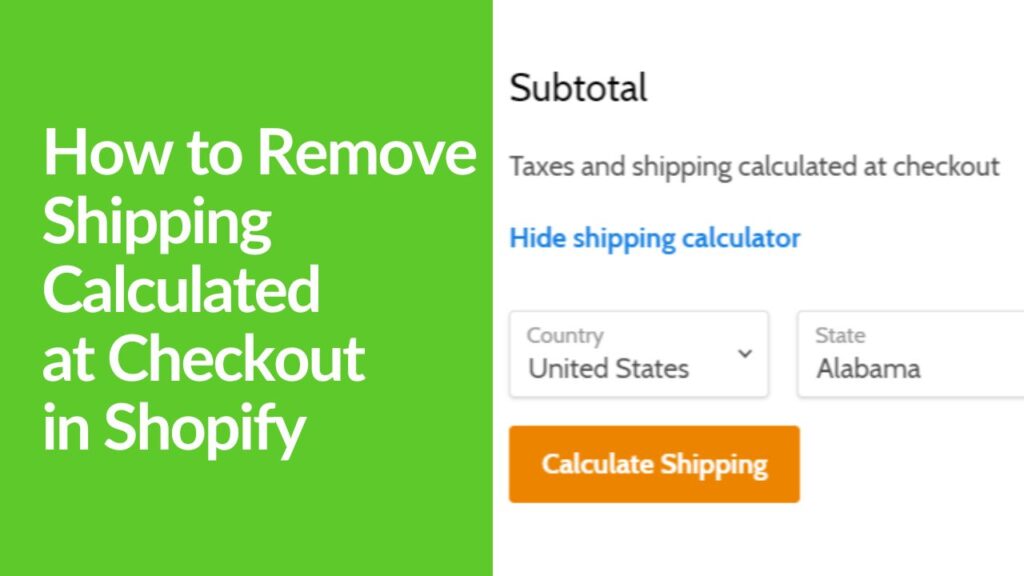Hey there! Ever wonder why some websites seem to have a magnetic pull, enticing you to click, explore, and even whip out your credit card without a second thought? Well, it’s not magic—it’s outstanding UX (User Experience) at play, mixed with a keen understanding of how to drive up those conversion rates. In this article, we’re going to unravel the intricacies of UX and its undeniable importance in digital marketing. So, grab your favorite snack, get comfy, and let’s dive into the world where design meets desire, leading to those sweet, sweet conversions.
Understanding UX and Conversion Rates: A Match Made in Digital Heaven
Picture this: you’re browsing the web, hunting for that perfect item or piece of information, and you stumble upon a site that just gets you. It’s like it reads your mind, leading you smoothly from one point to the next until you’ve found what you needed (and maybe a bit more). That, my friend, is the power of top-notch User Experience on Conversion Rates, and it’s a game-changer in the digital marketing arena.
What’s the Big Deal with UX, Anyway?
User Experience on Conversion Rates is the bread and butter of a successful online platform. It’s all about the journey—making sure that from the moment users land on your page to the moment they leave, they’re having a blast… or at least not getting frustrated. Good UX is like a good host at a party, guiding you, making you feel comfortable, and occasionally surprising you with something delightful.
But here’s the kicker: User Experience on Conversion Rates doesn’t just make things nicer; it directly influences conversion rates. You know, that metric that shows what percentage of your visitors are doing the happy dance and converting into subscribers, customers, or fans. When users enjoy their experience, they’re more likely to engage, stick around, and take action. It’s as simple—and as complex—as that.
The UX-Conversion Rate Love Story
So, what’s the moral of the story? Invest in UX, and you’re investing in your brand’s future. A great user experience is the gift that keeps on giving, especially when it comes to boosting those conversion rates. And there you have it—a whirlwind tour of how UX and conversion rates are intertwined in the dance of digital marketing success. By focusing on creating seamless, efficient, and downright enjoyable experiences for your users, you’ll not only boost your conversion rates but also build a brand that’s beloved in the digital sphere. Now, go forth and create experiences that convert!







